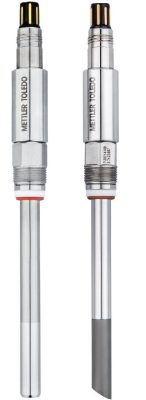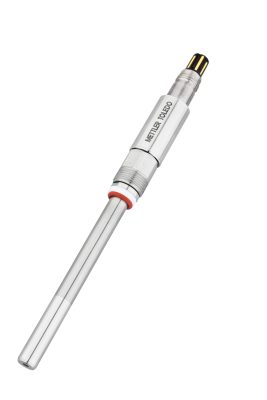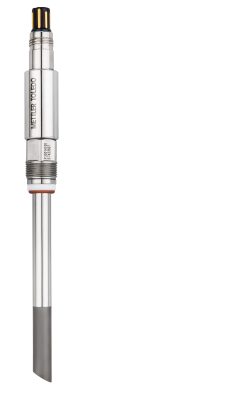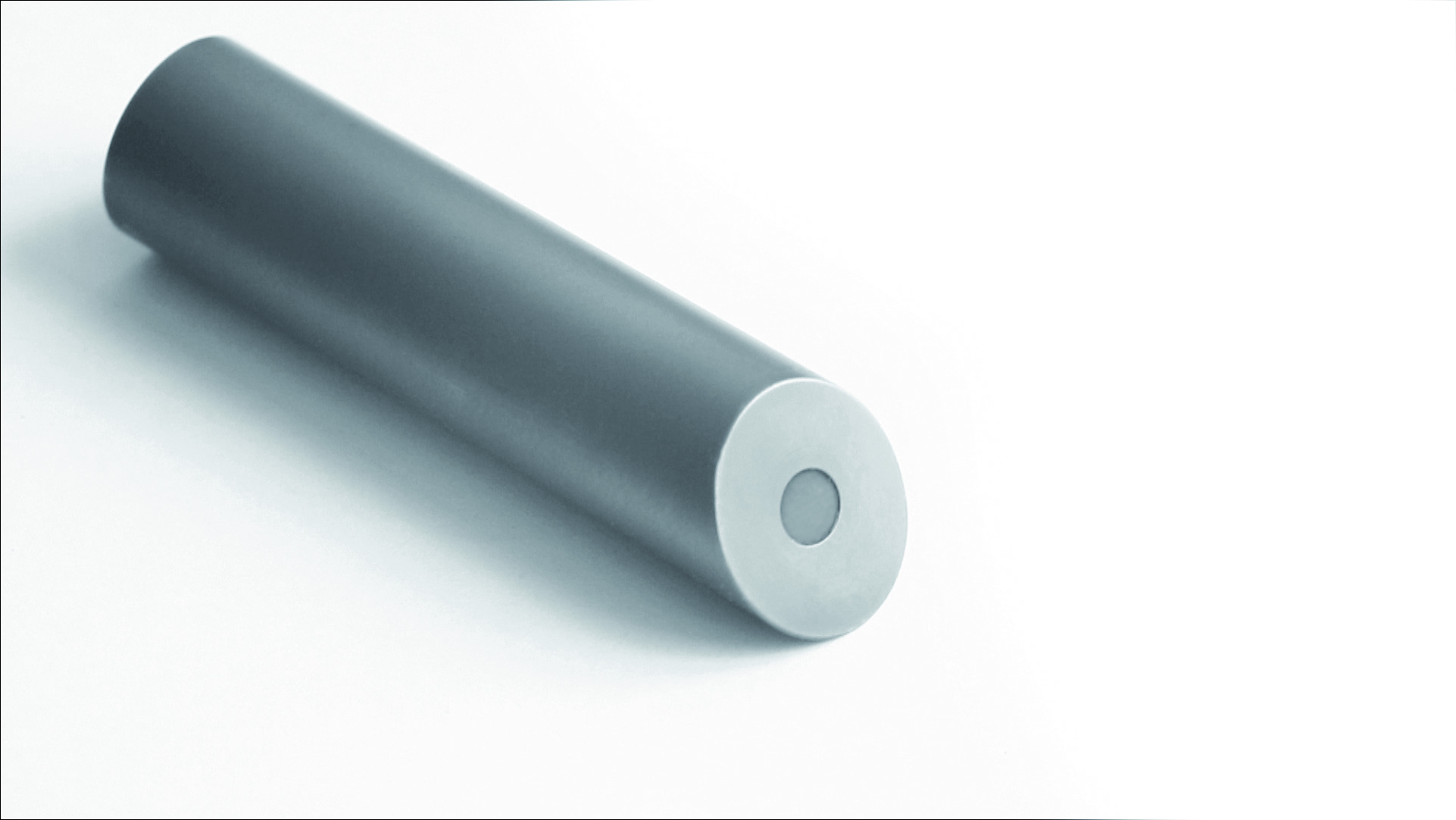METTLER TOLEDO is the leading supplier of dissolved oxygen sensors to the Pharmaceutical and Chemicals industry. The InPro line offers a wide range of hygienic measurement solutions with sterilizable / autoclavable sensors for optimizing fermentation and cell culture processes. Optical DO sensor technology offers enhanced stability and faster response time in critical applications.
Combining innovative ISM technology with high-end optical measurement, METTLER TOLEDO offers an optical DO sensor fully suitable for biopharma applications. The InPro 6860i/6860i HD sensors offer highly accurate oxygen measurement with enhanced stability, and easy handling without electrolyte change or time-consuming polarization procedures. The 6860i HD with its unique angle OptiCap design that can reduce oxygen bubble interference. The DO probe is equipped with a digital interface (digital ISM and Modbus RTU) plus analog output signal for direct integration into existing bio controllers, analog transmitters and into process environments including HART communication protocol.
All products are engineered to meet or exceed FDA and GMP requirements. Interface the sensor to your bioreactor, vessel, or pipe with one of Ingold’s many stationary or retractable housings. Complete your dissolved oxygen (DO) measurement with a suitable cable and transmitter.
The Intelligent Sensor Management (ISM) sensor provides a true plug-and-measure digital transmitter interface with extensive sensor diagnostics and life-cycle monitoring. With ISM, the installation, maintenance and safety of the system is drastically improved.
When considering Dissolved Oxygen (DO) sensor features the following attributes should be taken into account:
- Accuracy and Precision: Accurate measurement of dissolved oxygen levels is crucial for various applications. The InPro DO sensors’ high precision ensures reliable and consistent results.
- Durability and Robustness: METTLER TOLEDO’s dissolved oxygen sensors are designed to be able to withstand harsh environmental conditions and be resistant to chemical exposure, ensuring long-term reliability.
- Rapid Response Time: Provides a fast response time is essential, especially in processes where dissolved oxygen levels can change quickly.
- Low Maintenance: These sensors require minimal maintenance, calibration, and provide stable performance over time are preferable.
- Temperature Compensation: Dissolved oxygen levels can be influenced by temperature variations. The InPro sensors with temperature compensation features provide accurate readings in different operating conditions.
- User-Friendly Calibration: Easy and straightforward calibration processes contribute to the usability of the sensors.
- Digital Connectivity: METTLER TOLEDO’s dissolved oxygen sensors, with ISM technology, provides digital communication options, allowing integration with control systems and facilitating data transfer.
- Long Sensor Life: These DO sensors offer long operational life that contributes to cost-effectiveness and reduce the frequency of replacements.
- Versatility: The InPro sensors can be used in various applications and different types of media enhance their versatility and practicality.
- Compliance with Industry Standards: All of the DO sensors comply with relevant industry standards and regulations.
- Low Sensitivity to Fouling: METTLER TOLDEO’S DO sensors are less prone to fouling (accumulation of substances on the sensor surface) and can maintain accuracy over longer periods without frequent cleaning.




